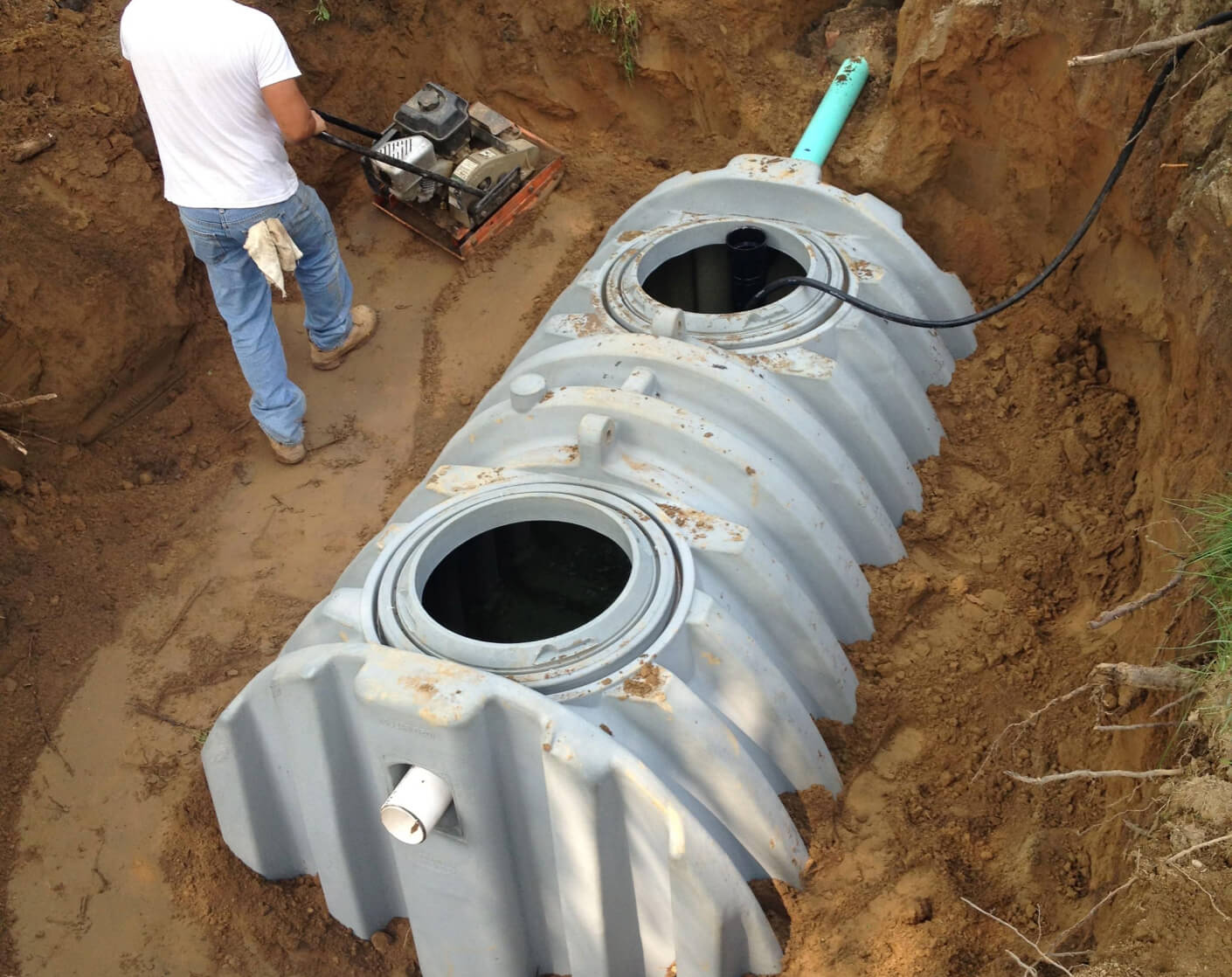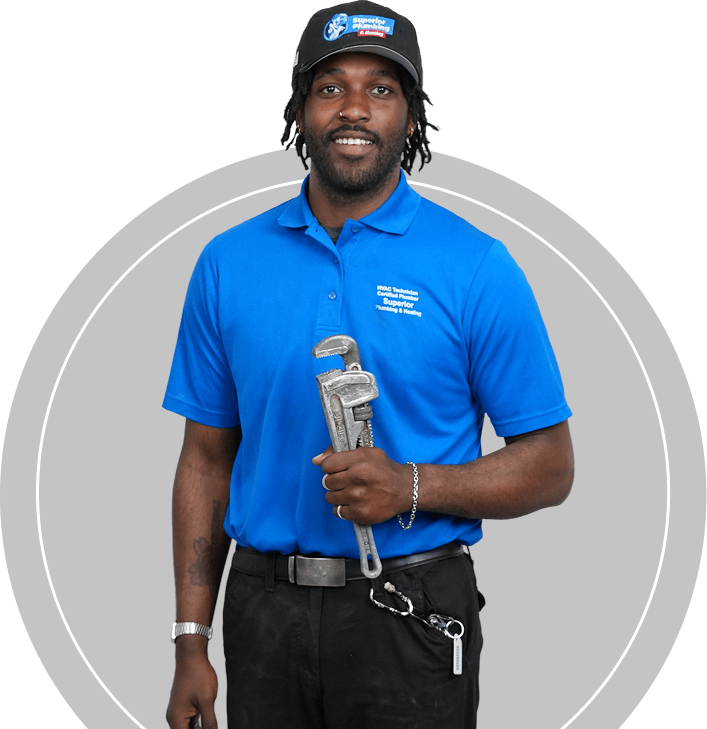If you are building a new dwelling in a rural area with no municipal sewer line available, you’ll have to install a modern septic system to treat your sewage. Superior Plumbing & Heating provides quality septic system installation and maintenance across the Whitchurch-Stouffville area on a turnkey basis.
Installing the septic tank – what should you know
The Septic system for residential housing consists of a septic tank placed underground near the building, a sewer that delivers wastewaters to the tank from your in-home drainage system, and a drain field (or leach field) – a specially prepared land area for wastewater absorption. There are plenty of different options to choose from, so you have to be sure you are picking up the right one.
The first thing to do prior to the septic system installation is the soil test. Test results will give you information about soil structure and sand/ground ratio. It is critical to know these parameters before construction starts. Otherwise, you can pick the wrong system type, and huge disasters may come up.
Basic septic system types
- Conventional system. The simplest and the most affordable type of system that includes a tank and a sewer line with no additional installations. Wastewaters are delivered to the tank under gravity action, as the tank is placed lower than the in-house drainage output. This type can only be suitable in small family houses and cottages with low waste produced because its through-put capability is limited.
- Chamber system. You might need that kind of septic system if your soil tests showed an increased water table in the area. That means the soil has a lower absorption ability. The Chamber system appears as a conventional one with additional chambers between the septic tank and leach field. These chambers collect wastewater and prevent backups.
- Aerobic treatment system. This type of system uses oxygen to treat wastewater inside the double tank. Oxygen separates waste and fills liquid with nutrients. The tank in the aerobic type is divided into pre-treat and final treat sections. Such a system is much more eco-friendly and used either when there is high environmental pollution risk or when small acreage makes it impossible to settle the proper drain field.
- Mound system. A mound type involves placing the tank into a sand mound rather than digging it into the ground. That’s a standard method of settling the septic system in rural areas with poor sandy soil or when the house is built on the uphill slope. The mound system is equipped with a pump pushing the wastewater to the tank.
How long does the septic system last
Septic system can serve you for years and years, but its regular maintenance is a must. Usually, a householder must clean the system once in five years. However, the correct periods depend on the system type (for example, the aerobic type is complicated and requires more frequent checkups, and the mound one may demand the pump service). Also, the septic system’s durability depends on the material tank is made of. Expensive concrete and fibreglass are more lasting, while cheaper plastic ones are prone to damage.
How much does the septic system installation cost
As you can see now, organizing your dwelling with a septic system is a process of immense complexity with no right to fail. And you really need professional assistance to walk it through. Superior Plumbing & Heating experts have years of experience in septic systems construction. You can contact our phone support to receive the consultation and order a service call. The plumber will visit your place and figure out what kind of system suits you best and how much it may cost.

 Call us and we’ll come to you
Call us and we’ll come to you 









